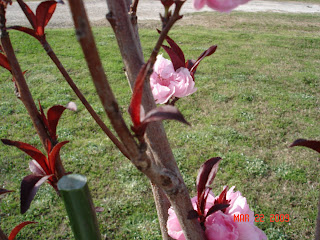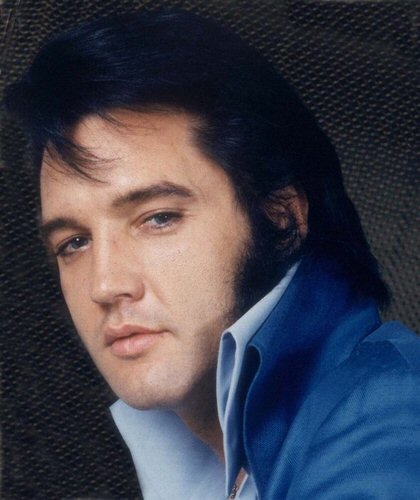
%5B1%5D.jpg)


Birthday is the name given to the date of the anniversary of the day of a person's birth. People in many cultures celebrate this anniversary. In some languages, the word for birthday literally translates as "anniversary". Birthdays are traditionally marked by celebrations including a birthday party or, in some particular cases, a rite of transition.
It is thought the large-scale celebration of birthdays in Europe began with the non-Christian cult of Mithras, which originated in Persia, and was spread by soldiers throughout the Roman Empire. Such celebrations were uncommon previously so practices from other contexts such as the Saturnalia were adapted for birthdays.
Because many Roman soldiers took to Mithraism, it was distributed widely and its influence was spread throughout the empire until it was supplanted by Christianity.
Because many Roman soldiers took to Mithraism, it was distributed widely and its influence was spread throughout the empire until it was supplanted by Christianity.
The birthday cake is traditionally highly decorated, and typically covered with lit candles when presented, the number of candles signifying the age of the celebrant. The person whose birthday it is may make a silent wish and then blow out the candles. After that, the person can open their presents. It is also common for the person celebrating their birthday to cut the initial piece of the cake as a newlywed couple might with a wedding cake.
Birthday cakes date back as far as the Middle Ages when the English would conceal symbolic items such as gold coins, rings and thimbles inside their cakes. Each item was associated with a prediction. For example, a person finding a gold coin in a birthday cake would supposedly become wealthy; a person discovering a thimble would never marry.
Sometimes special candles are substituted for the many individual candles in the shape of a numeral. For example, on the fifth birthday, there may be one candle on the cake in the shape of the numeral five, and on the fiftieth birthday there may be two candles on the cake, one in the shape of the numeral five followed by the other in the shape of the number zero.
Birthday cakes date back as far as the Middle Ages when the English would conceal symbolic items such as gold coins, rings and thimbles inside their cakes. Each item was associated with a prediction. For example, a person finding a gold coin in a birthday cake would supposedly become wealthy; a person discovering a thimble would never marry.
Sometimes special candles are substituted for the many individual candles in the shape of a numeral. For example, on the fifth birthday, there may be one candle on the cake in the shape of the numeral five, and on the fiftieth birthday there may be two candles on the cake, one in the shape of the numeral five followed by the other in the shape of the number zero.
Yesterday I turned 60. I don't feel 60, and that number seems SO HIGH. I think I will start counting backwards....so next year it'll be 29 Again.......and Again........


























%5B1%5D.jpg)







